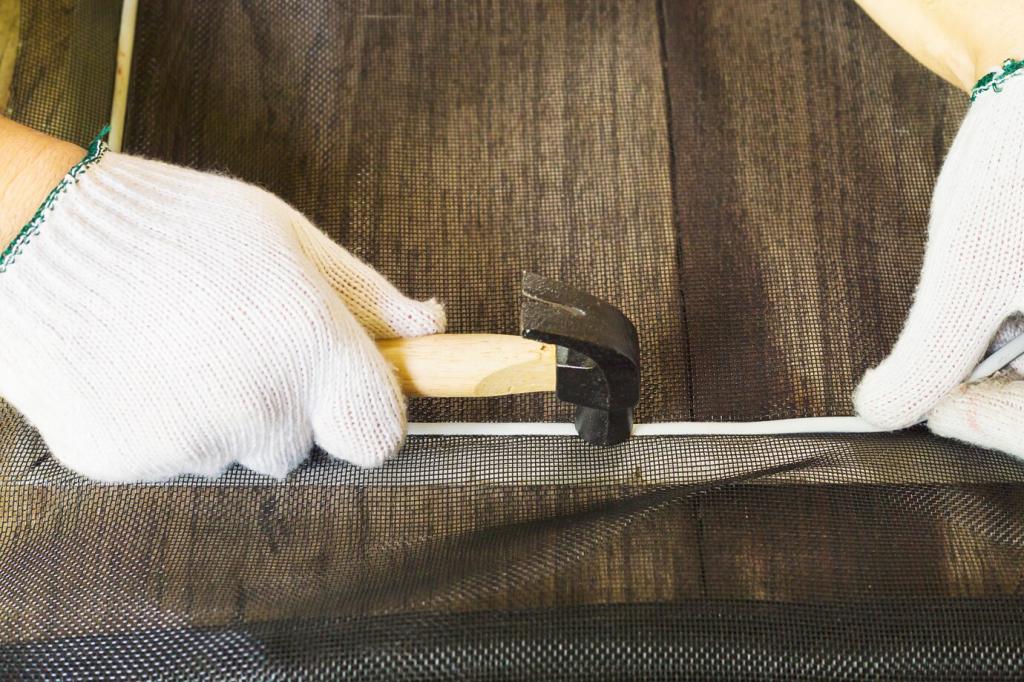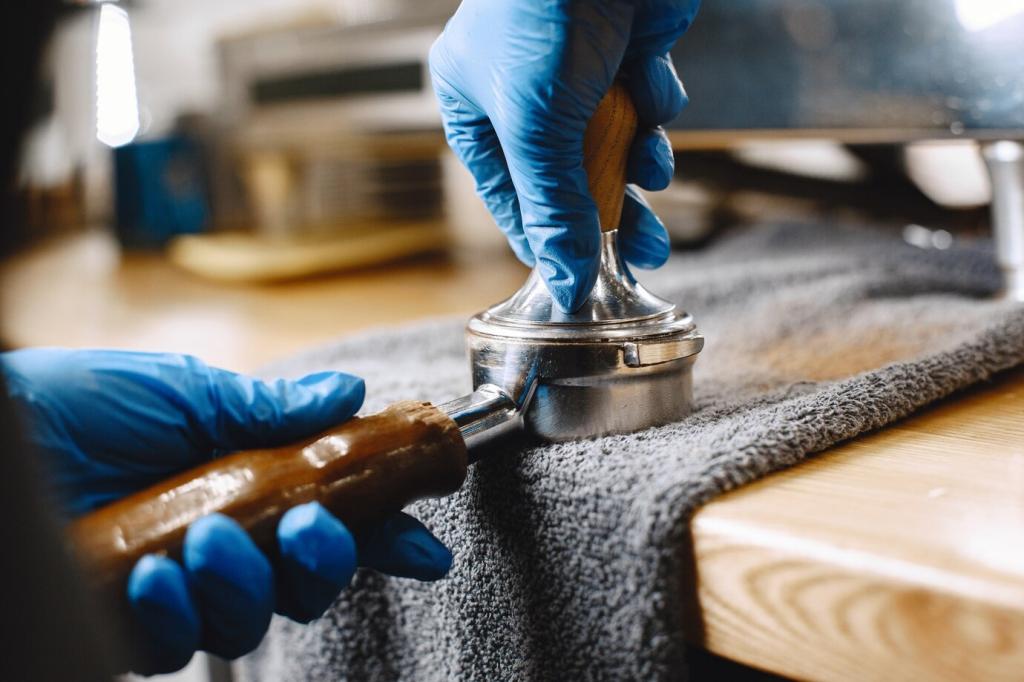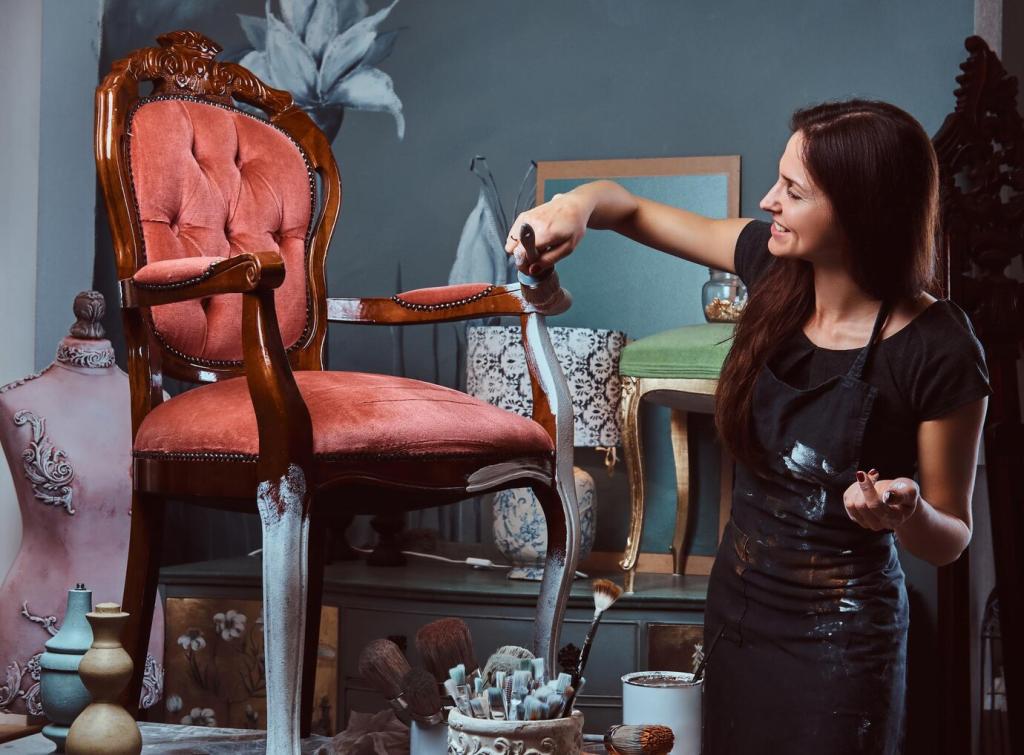Natural Cleaning and Polishing Recipes That Work
Mix one part white vinegar with three parts distilled water for a gentle wipe-down. Lightly mist a microfiber cloth and clean with the grain. Always spot-test under a drawer or along a back edge to ensure the finish stays happy and even.
Natural Cleaning and Polishing Recipes That Work
Shave two tablespoons beeswax and melt gently with six tablespoons jojoba or olive oil. Cool, then buff a pea-sized amount into wood. The result is a satiny sheen, subtle protection, and a touchable surface that never feels sticky or weighed down.
Natural Cleaning and Polishing Recipes That Work
Combine warm water, a teaspoon of castile soap, and a few drops of lemon or orange essential oil. Wring your cloth nearly dry and loosen fingerprints and food smears. Rinse the cloth, wipe again, and finish with a soft, dry buff. Share your favorite recipe below.
Natural Cleaning and Polishing Recipes That Work
Lorem ipsum dolor sit amet, consectetur adipiscing elit. Ut elit tellus, luctus nec ullamcorper mattis, pulvinar dapibus leo.





